More than a third (39%) of manufacturers feel that cross-border standards and tariffs are the main regulatory threats to a supply chain, according to a new study conducted by enterprise business solutions provider HSO.
Industry-specific regulations were revealed to be a close second with 38%, while 36% of manufacturers consider environmental and green regulations to be a major regulatory threat.
The study also asked respondents what they believe to be the main risk factors organisations face today in running their supply chains, finding that more than one third (39%) believe that it will be risks associated with the broader political or economic environment. ‘Fluctuations in supply and demand’ were considered a risk by more than a third (35%), and just 6% of manufacturers surveyed stated that they face no main risk factors to the running of their supply chain.
Reflecting the changing economic climate, nearly half of manufacturers (44%) noted that having ‘flexibility to adapt to meet changing circumstances on future growth and expansion’ was a key goal when implementing supply chain technology.
A number of major Britain-based manufacturers, including Airbus, have voiced their concern over uncertainty in the supply chain post-Brexit.
“Overwhelmingly, many of the concerns expressed with regards to cross-border standards and tariffs and the political or economic environment stem from Brexit,” said Mark Breeden, Senior Account Manager at HSO. “This is a worrying time for all industries, however, by maintaining visibility of their supply chain, manufacturers will be better placed to tackle any challenges Brexit throws their way.
“Changes to environmental regulations are set to have a major impact on the supply chain in the coming years. Green issues are more prominent than ever and all industries are beginning to look at how they can minimise their impact on the environment through reduced plastic consumption and recycling, for instance. This is something that manufacturers are going to have to consider and factor into the supply chain moving forward.”

